James Keller
Active Learning and Explainable AI for Multi-Objective Optimization of Spin Coated Polymers
Sep 10, 2025Abstract:Spin coating polymer thin films to achieve specific mechanical properties is inherently a multi-objective optimization problem. We present a framework that integrates an active Pareto front learning algorithm (PyePAL) with visualization and explainable AI techniques to optimize processing parameters. PyePAL uses Gaussian process models to predict objective values (hardness and elasticity) from the design variables (spin speed, dilution, and polymer mixture), guiding the adaptive selection of samples toward promising regions of the design space. To enable interpretable insights into the high-dimensional design space, we utilize UMAP (Uniform Manifold Approximation and Projection) for two-dimensional visualization of the Pareto front exploration. Additionally, we incorporate fuzzy linguistic summaries, which translate the learned relationships between process parameters and performance objectives into linguistic statements, thus enhancing the explainability and understanding of the optimization results. Experimental results demonstrate that our method efficiently identifies promising polymer designs, while the visual and linguistic explanations facilitate expert-driven analysis and knowledge discovery.
Histogram Layers for Synthetic Aperture Sonar Imagery
Sep 08, 2022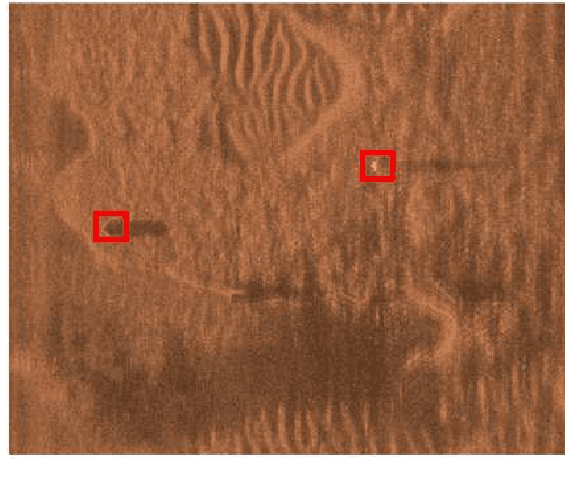
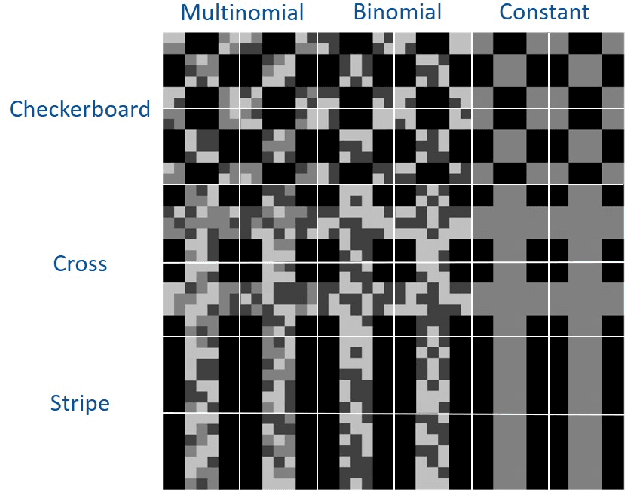
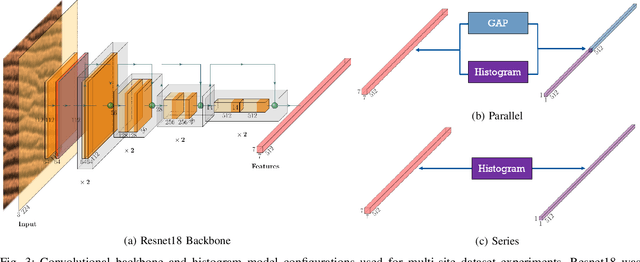
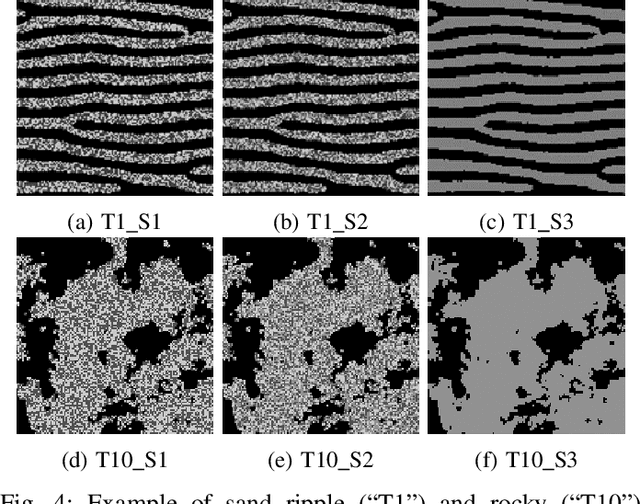
Abstract:Synthetic aperture sonar (SAS) imagery is crucial for several applications, including target recognition and environmental segmentation. Deep learning models have led to much success in SAS analysis; however, the features extracted by these approaches may not be suitable for capturing certain textural information. To address this problem, we present a novel application of histogram layers on SAS imagery. The addition of histogram layer(s) within the deep learning models improved performance by incorporating statistical texture information on both synthetic and real-world datasets.
Possibilistic Fuzzy Local Information C-Means with Automated Feature Selection for Seafloor Segmentation
Oct 14, 2021Abstract:The Possibilistic Fuzzy Local Information C-Means (PFLICM) method is presented as a technique to segment side-look synthetic aperture sonar (SAS) imagery into distinct regions of the sea-floor. In this work, we investigate and present the results of an automated feature selection approach for SAS image segmentation. The chosen features and resulting segmentation from the image will be assessed based on a select quantitative clustering validity criterion and the subset of the features that reach a desired threshold will be used for the segmentation process.
The Weakly-Labeled Rand Index
Mar 09, 2021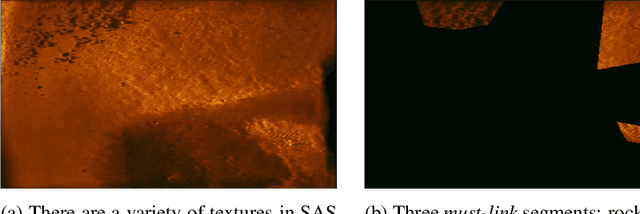
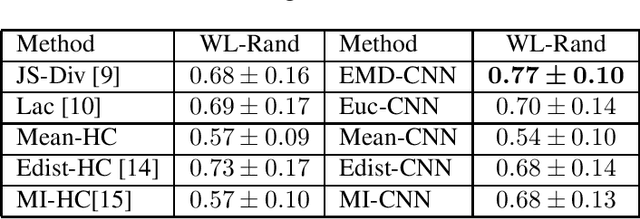

Abstract:Synthetic Aperture Sonar (SAS) surveys produce imagery with large regions of transition between seabed types. Due to these regions, it is difficult to label and segment the imagery and, furthermore, challenging to score the image segmentations appropriately. While there are many approaches to quantify performance in standard crisp segmentation schemes, drawing hard boundaries in remote sensing imagery where gradients and regions of uncertainty exist is inappropriate. These cases warrant weak labels and an associated appropriate scoring approach. In this paper, a labeling approach and associated modified version of the Rand index for weakly-labeled data is introduced to address these issues. Results are evaluated with the new index and compared to traditional segmentation evaluation methods. Experimental results on a SAS data set containing must-link and cannot-link labels show that our Weakly-Labeled Rand index scores segmentations appropriately in reference to qualitative performance and is more suitable than traditional quantitative metrics for scoring weakly-labeled data.
Explainable Systematic Analysis for Synthetic Aperture Sonar Imagery
Jan 21, 2021



Abstract:In this work, we present an in-depth and systematic analysis using tools such as local interpretable model-agnostic explanations (LIME) (arXiv:1602.04938) and divergence measures to analyze what changes lead to improvement in performance in fine tuned models for synthetic aperture sonar (SAS) data. We examine the sensitivity to factors in the fine tuning process such as class imbalance. Our findings show not only an improvement in seafloor texture classification, but also provide greater insight into what features play critical roles in improving performance as well as a knowledge of the importance of balanced data for fine tuning deep learning models for seafloor classification in SAS imagery.
Divergence Regulated Encoder Network for Joint Dimensionality Reduction and Classification
Jan 21, 2021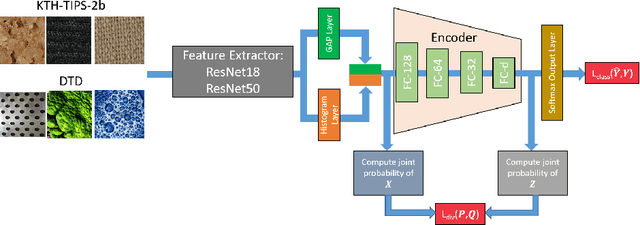

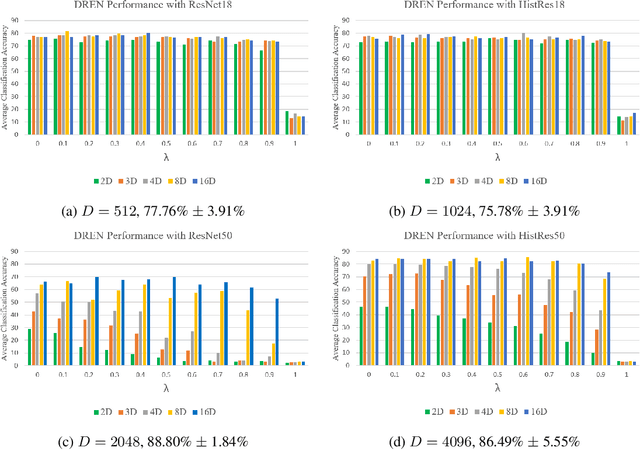

Abstract:In this paper, we investigate performing joint dimensionality reduction and classification using a novel histogram neural network. Motivated by a popular dimensionality reduction approach, t-Distributed Stochastic Neighbor Embedding (t-SNE), our proposed method incorporates a classification loss computed on samples in a low-dimensional embedding space. We compare the learned sample embeddings against coordinates found by t-SNE in terms of classification accuracy and qualitative assessment. We also explore use of various divergence measures in the t-SNE objective. The proposed method has several advantages such as readily embedding out-of-sample points and reducing feature dimensionality while retaining class discriminability. Our results show that the proposed approach maintains and/or improves classification performance and reveals characteristics of features produced by neural networks that may be helpful for other applications.
Deep Morphological Hit-or-Miss Transform Neural Network
Dec 04, 2019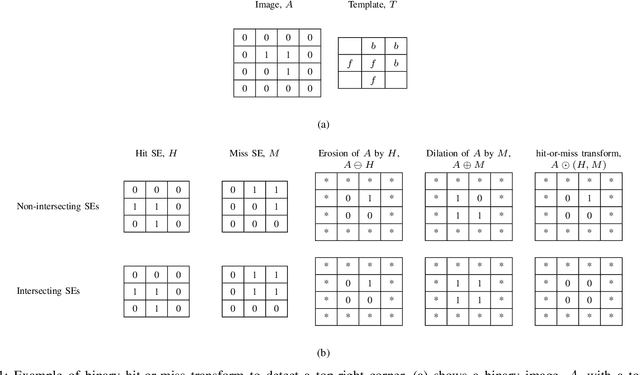

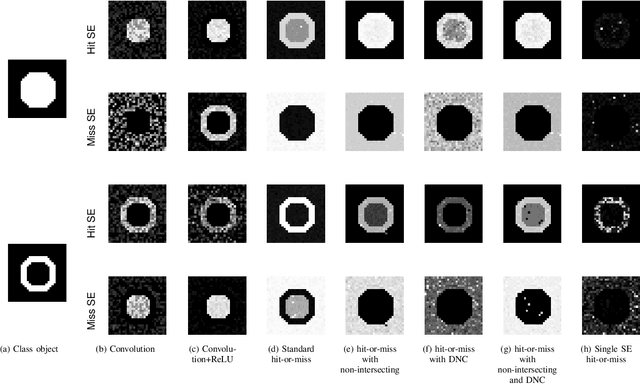
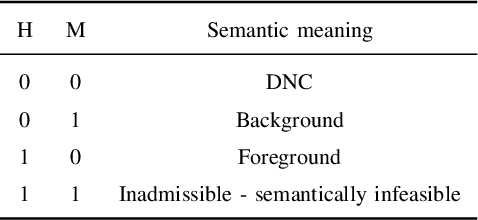
Abstract:Neural networks have demonstrated breakthrough results in numerous application domains. While most architectures are built on the premise of convolution, alternative foundations like morphology are being explored for reasons like interpretability and its connection to the analysis and processing of geometric structures. Herein, we investigate new deep networks based on the morphological hit-or-miss transform. The hit-or-miss takes into account both foreground and background when measuring the fitness of a target shape in an image. We identify limitations of current hit-or-miss definitions, and we formulate an optimization problem to learn the transform. Our analysis shows that convolution, in fact, acts like a hit-miss transform through semantic interpretation of its filter differences. Analogous to the generalized hit-or-miss transform, we also introduce an extension of convolution and show that it outperforms conventional convolution on benchmark data sets. We conducted experiments on synthetic and benchmark data sets, and we show that the direct encoding hit-or-miss transform provides better interpretability on learned shapes consistent with objects whereas our morphologically inspired generalized convolution yields higher classification accuracy.
MAVNet: an Effective Semantic Segmentation Micro-Network for MAV-based Tasks
Apr 03, 2019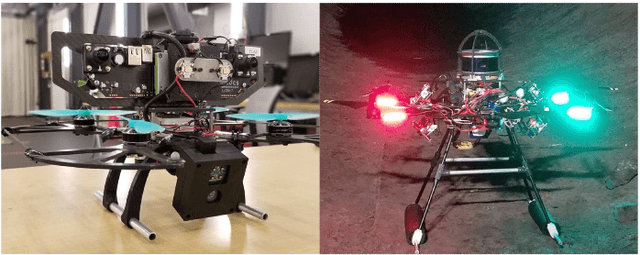

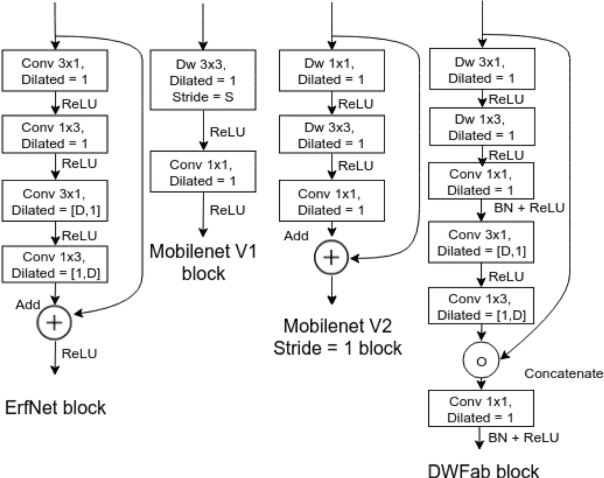

Abstract:Real-time image semantic segmentation is an essential capability to enhance robot autonomy and improve human situational awareness. In this paper, we present MAVNet, a novel deep neural network approach for semantic segmentation suitable for small scale Micro Aerial Vehicles (MAVs). Our approach is compatible with the size, weight, and power(SWaP) constraints typical of small scale MAVs, which can only employ small processing units and GPUs. These units have typically limited computational capacity, which has to be concurrently shared with other real time performance tasks such as visual odometry and path planning. Our proposed solution MAVNet, is a fast and compact network inspired by ERFNet and features about 400 times fewer parameters in comparison. Experimental results on multiple datasets validate our proposed approach. Additionally, comparisons with other state of the art approaches show that our solution outperforms theirs in terms of speed and accuracy achieving up to 48 FPS on an NVIDIA 1080Ti and 9 FPS on the NVIDIA Jetson Xavier when processing high resolution imagery. Our algorithm and datasets are made publicly available.
Comparison of Possibilistic Fuzzy Local Information C-Means and Possibilistic K-Nearest Neighbors for Synthetic Aperture Sonar Image Segmentation
Apr 01, 2019Abstract:Synthetic aperture sonar (SAS) imagery can generate high resolution images of the seafloor. Thus, segmentation algorithms can be used to partition the images into different seafloor environments. In this paper, we compare two possibilistic segmentation approaches. Possibilistic approaches allow for the ability to detect novel or outlier environments as well as well known classes. The Possibilistic Fuzzy Local Information C-Means (PFLICM) algorithm has been previously applied to segment SAS imagery. Additionally, the Possibilistic K-Nearest Neighbors (PKNN) algorithm has been used in other domains such as landmine detection and hyperspectral imagery. In this paper, we compare the segmentation performance of a semi-supervised approach using PFLICM and a supervised method using Possibilistic K-NN. We include final segmentation results on multiple SAS images and a quantitative assessment of each algorithm.
U-Net for MAV-based Penstock Inspection: an Investigation of Focal Loss in Multi-class Segmentation for Corrosion Identification
Sep 18, 2018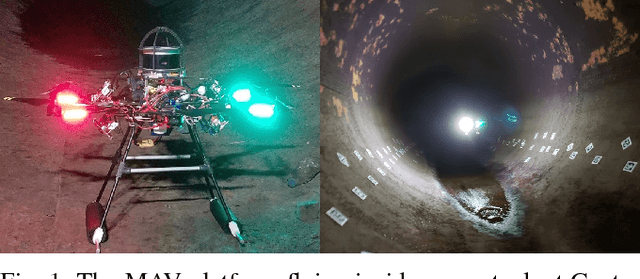

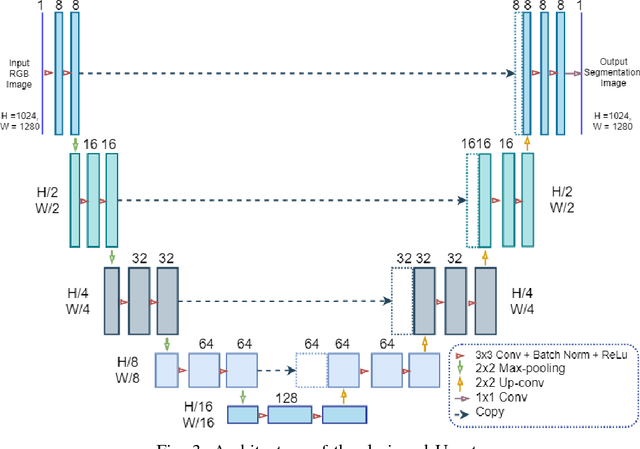
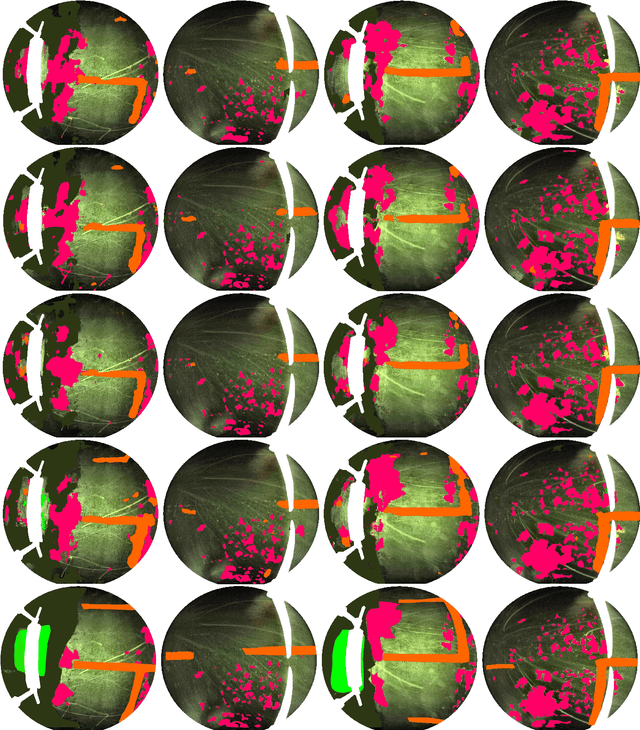
Abstract:Periodical inspection and maintenance of critical infrastructure such as dams, penstocks, and locks are of significant importance to prevent catastrophic failures. Conventional manual inspection methods require inspectors to climb along a penstock to spot corrosion, rust and crack formation which is unsafe, labor-intensive, and requires intensive training. This work presents an alternative approach using a Micro Aerial Vehicle (MAV) that autonomously flies to collect imagery which is then fed into a pretrained deep-learning model to identify corrosion. Our simplified U-Net trained with less than 40 image samples can do inference at 12 fps on a single GPU. We analyze different loss functions to solve the class imbalance problem, followed by a discussion on choosing proper metrics and weights for object classes. Results obtained with the dataset collected from Center Hill Dam, TN show that focal loss function, combined with a proper set of class weights yield better segmentation results than the base loss, Softmax cross entropy. Our method can be used in combination with planning algorithm to offer a complete, safe and cost-efficient solution to autonomous infrastructure inspection.
 Add to Chrome
Add to Chrome Add to Firefox
Add to Firefox Add to Edge
Add to Edge